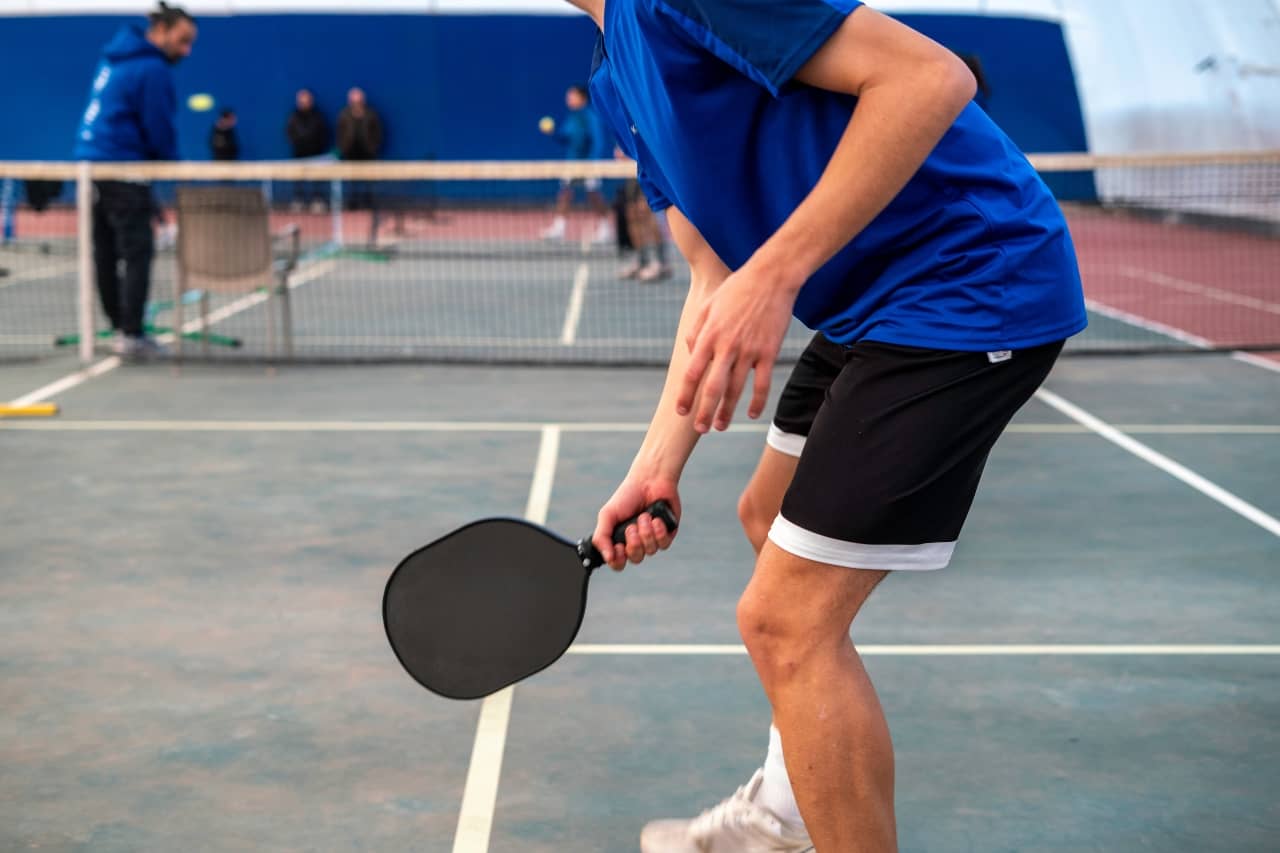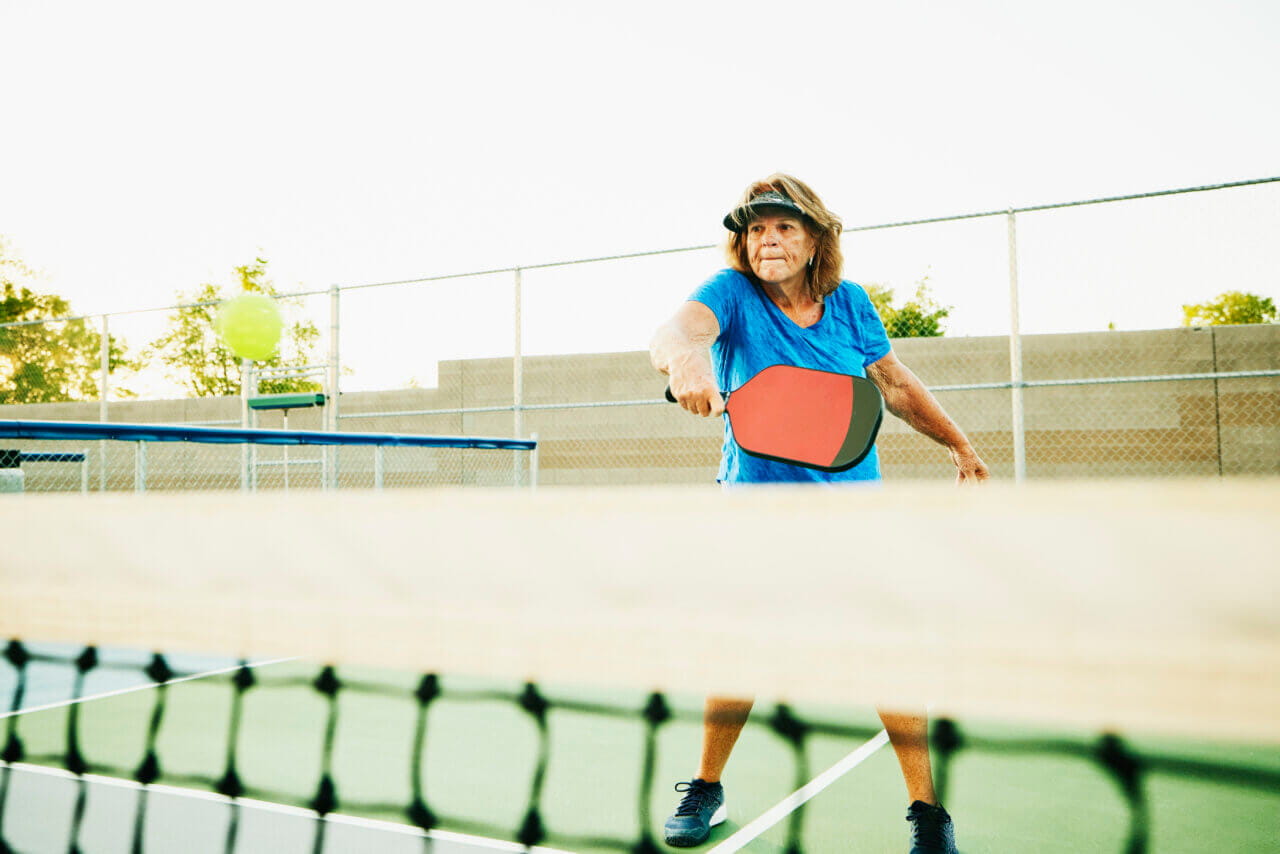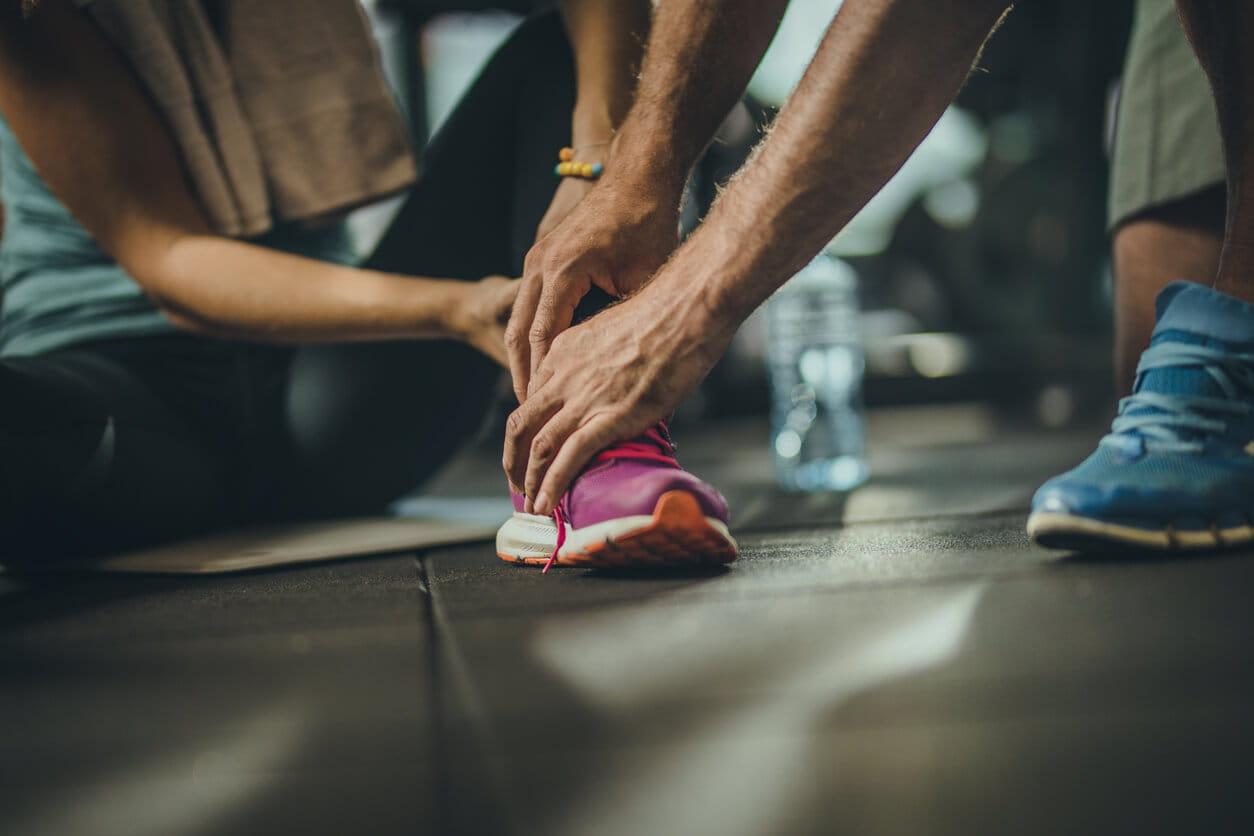Recognizing and Treating Tendonitis in Pickleball Enthusiasts

The term “enthusiasts” is spot-on for pickleball players, as many people who take up the game simply can’t get enough of it. In fact, some play so much and so often that they start to develop overuse injuries. Tendonitis is one that often affects pickleball enthusiasts.
What is tendonitis? How do you know if you have it? How do you treat it? This article answers those critical questions so you can keep the condition from disrupting your pickleball outings and the beneficial exercise and social interactions they provide.
TENDONITIS DEFINED
Tendons are thick, fibrous cords that connect muscles to bones. They’re present throughout the body, including in the shoulders, elbows, wrists, hands, hips, knees, ankles and feet.
Tendonitis is the inflammation of a tendon. It can occur if excessive, often repetitive movements irritate or damage a tendon. Tendonitis typically resolves on its own as the body repairs the damage, but until it does, the condition can be painful.
WHAT CAUSES TENDONITIS IN PICKLEBALL PLAYERS?
Several issues can contribute to pickleball players developing tendonitis. Repetitive movements are one of the most common causes, especially if those movements are forceful, such as hitting a ball.
Pickleball elbow or lateral epicondylitis (called tennis elbow when caused by that sport) is an example. Golfers can also develop a slightly different form of tendonitis (medial epicondylitis) or golfer’s elbow.
Poor body mechanics can contribute to tendonitis. So, it’s a good idea to learn the right way to use a pickleball paddle and move around the court.
In addition, tendons naturally lose elasticity as we age, increasing our tendonitis risk. People with specific medical issues, including arthritis, diabetes and infections, are also more prone to the condition.
HOW TO SPOT TENDONITIS SYMPTOMS
You may feel some minor aches and pains from playing pickleball. That’s normal and can be a sign that you’re getting a good workout. However, you might be developing tendonitis if you notice these symptoms:
- Pain when moving a limb or joint that people often describe as a dull ache.
- Pain and tenderness when gently pushing on the tendon.
- A grating feeling when moving the associated joint.
- Mild swelling.
Tendons repair themselves pretty quickly. Consequently, you might notice that the pain and discomfort come and go, making it challenging to identify the condition.
DIAGNOSING TENDONITIS IN PICKLEBALL PLAYERS
It’s a good idea to talk with your healthcare provider if you notice persistent or worsening tendonitis symptoms. They can diagnose the condition by getting your medical history and doing a physical exam. They might also order imaging exams to rule out other problems, such as:
- X-rays to detect bone issues.
- Magnetic resonance imaging (MRI) to look for tendon tears.
- Ultrasound to check soft tissue structures.
Your provider might also order a blood test to check for an infection, which rarely causes tendonitis but should be ruled out.
TREATING PICKLEBALL-INDUCED TENDONITIS
If playing pickleball causes tendonitis, there are steps you can take to keep it from getting worse and speed your recovery, including:
- Rest: Getting off the court temporarily is the first step in treating tendonitis. Resting allows your body to heal more effectively.
- Ice: Applying ice to the affected area for up to 20 minutes several times daily helps reduce swelling and inflammation.
- Compression: Using an elastic bandage or wrap to compress the injured joint can help minimize swelling.
- Elevation: Raising the affected area above your heart (if possible) also helps reduce swelling.
- Supportive devices: Wearing a brace can provide support that reduces the strain on affected tendons.
- Medication: Your provider might have you take over-the-counter or prescription drugs to relieve pain and reduce inflammation.
- Steroid injections: Steroids like cortisone can help reduce swelling and break up scar tissue when your provider injects them into a tendon.
- Physical therapy: A physical therapist can teach you exercises to gently stretch the affected tendon and strengthen surrounding muscles to help support it.
Other advanced tendonitis treatments include:
- Platelet-rich plasma therapy that uses your body’s cells to accelerate healing.
- Dry needling to release tight muscles and stiff tendons.
- Soft tissue massage to deliver more oxygen to affected tendons and removes toxins.
- Surgery to remove chronically inflamed tissue from a tendon.
PREVENT AND TREAT TENDONITIS TO CONTINUE ENJOYING PICKLEBALL
You can reduce your tendonitis risk by warming up before pickleball games, using proper technique, resting as needed and cross-training in ways that focus on other muscles to maintain your fitness.
If you’re experiencing tendonitis symptoms, connect with our sports medicine specialists. Use our online provider directory to find a Baptist Health provider near you.
Next Steps and Helpful Resources


